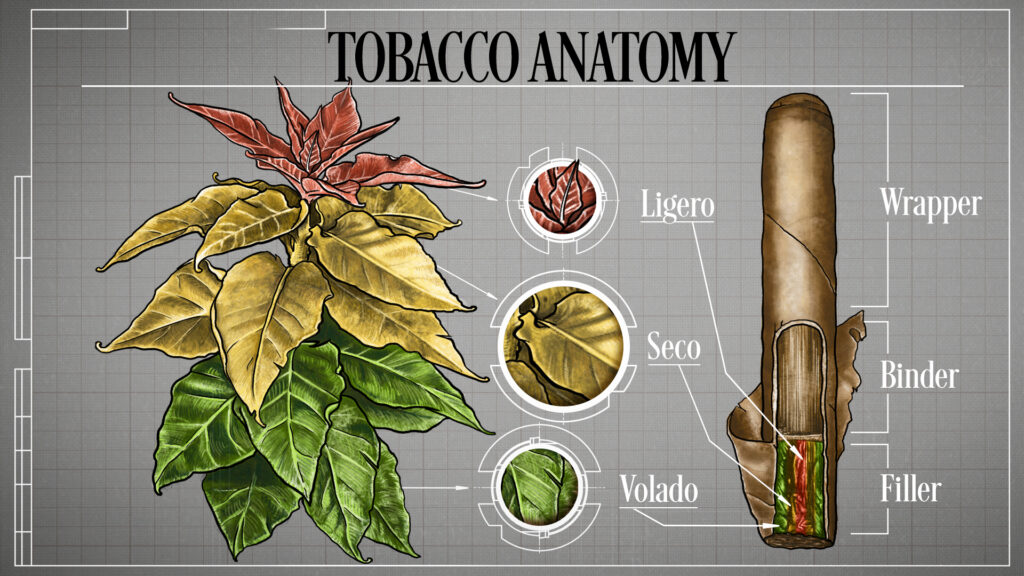Exploring the Flourishing Indigenous Tobacco Industry in Canada
In recent years, the Indigenous tobacco industry in Canada has been steadily gaining momentum, carving out a unique niche within the country’s economic landscape. With a deep-rooted cultural significance and a growing demand for its products, this industry is making waves in both the Indigenous communities and the broader Canadian market. In this article, we’ll delve into the thriving Indigenous tobacco industry, its cultural significance, and the factors contributing to its success.
A Cultural Legacy: The Importance of Indigenous Tobacco
Indigenous tobacco holds a special place in the hearts and traditions of Canada’s First Nations people. It is not merely a commodity; it represents a profound connection to their heritage, spirituality, and history. The cultivation and use of tobacco have been integral to Indigenous ceremonies, rituals, and gatherings for centuries.
Cultivating Tradition: The Art of Indigenous Tobacco Farming
Indigenous tobacco is primarily grown on reserves across Canada, where traditional farming practices are passed down through generations. The process involves careful cultivation, harvesting, and preparation of tobacco leaves, respecting both the plant’s natural growth and its cultural significance.

Meeting Market Demand: Indigenous Tobacco Enterprises
While Indigenous tobacco remains deeply rooted in culture, it has also found its place in the Canadian economy. Indigenous tobacco enterprises have emerged as significant players in the tobacco industry. These enterprises are not only providing employment opportunities within their communities but also meeting the growing demand for their products.
Regulatory Challenges: Navigating the Legal Landscape
Despite its cultural significance and economic potential, the Indigenous tobacco industry faces regulatory challenges. The clash between provincial and federal regulations and Indigenous sovereignty rights has created a complex legal landscape. This ongoing debate raises questions about taxation, distribution, and marketing of Indigenous tobacco products.
Economic Impact: Fueling Community Development
One of the most compelling aspects of the Indigenous tobacco industry’s growth is its contribution to community development. Revenue generated from tobacco sales is often reinvested in education, healthcare, and infrastructure within Indigenous communities. This economic empowerment is pivotal in addressing socio-economic disparities.
Environmental Responsibility: Sustainable Practices
Many Indigenous tobacco growers are adopting sustainable farming practices, ensuring that their tobacco cultivation has minimal environmental impact. This commitment to ecological responsibility aligns with Indigenous principles of stewardship and respect for the land.

Meeting the Future: Challenges and Opportunities
The Indigenous tobacco industry in Canada faces both challenges and opportunities as it continues to flourish. Striking a balance between cultural preservation and economic growth, navigating the legal landscape, and maintaining sustainable practices will be key to its continued success.
In conclusion, the Indigenous tobacco industry in Canada is not only thriving but also making significant contributions to both cultural heritage and economic development. As this industry continues to grow, it stands as a testament to the resilience, innovation, and cultural pride of Canada’s Indigenous communities.




